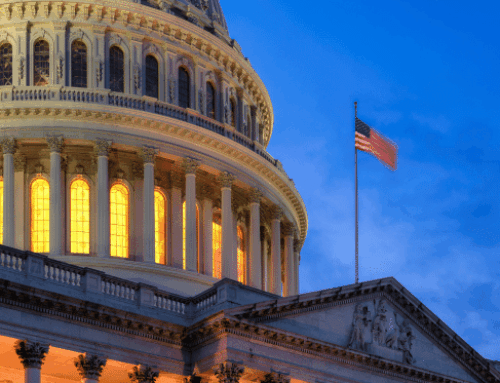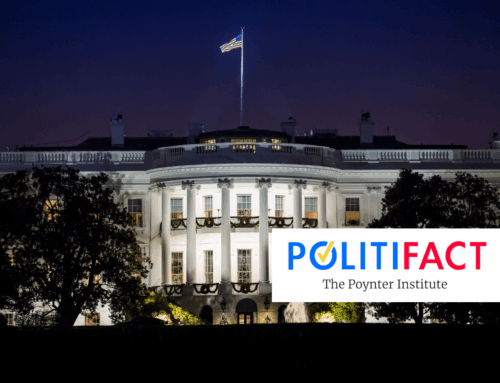As the summer temperatures turn to fall (at least in our dreams), Washington doesn’t look for leaves turning color, but for that inevitable – it seems – piece of legislation, the Continuing Resolution. You see, the one Constitutionally mandated – and aggressively protected, or seemingly so – annual Congressional prerogative is the power of the purse. But instead of judiciously exercising this robust power, Congress usually dithers. In recent years it doesn’t matter who’s in power, they just can’t get it done. This year, out of the dozen spending bills that together fund the federal government, the House has finished six and the Senate none. This isn’t because the President rejected bills passed by a House and Senate controlled by the opposing party. Truth be told, he opposed them, but he never even received final versions on his desk to veto.
Next step, either a Continuing Resolution (CR) – or the government shuts down. The fiscal year ends September 30th; if Congress doesn’t pass funding legislation before then, some or all of government shuts down (excepting essential services). Sadly this became a semi-regular occurrence, if only briefly, and usually over weekends, in the 1980s. But since then shutdowns – while rare – have been longer.
The CR is also dreaded by federal agencies. Several have operated under year-long CRs in recent years. This freezes funding, delays purchases, contracts, hires, and really sets agencies up for failure because they can’t plan or adapt to the new fiscal year. So agencies plead with the budget overseers – the Office of Management and Budget – to ask for anomalies. These are adjustments to what was adopted in the previous year to help the agencies adapt to the new fiscal year.
But as the CRs pile up and there is lack of any real direction from Congress, the anomaly pleas get more desperate. We don’t know the original agency requests, just what has made it through the OMB censors (review). But even some of those border on ridiculous. Like the Defense Department asking for full reign over new starts and increasing production rates on continuing programs (that is what you get in regular order). Sorry, that’s ridiculous. We agree, Congress should get their job done, but the pain that is the CR is a pain that has to be borne (well, we wish it didn’t, but that is where it is right now, so we’re all in this together). If they keep making tweaks here and there, pretty soon lawmakers have wasted a lot of time drafting a quasi-spending bill instead of adopting a stop-gap measure and expending effort on the real bills.
The real truth is there are tempests in several teapots out there. The grant-making to Planned Parenthood totals roughly $530 million or 0.014 percent of the federal budget, but disagreement over that funding is so deep it may be the wedge that leads to a shutdown. Getting less attention in the press, but equally likely to be the make-or-break issue in getting any kind of spending bill through is the future of the Budget Control Act of 2011 (BCA) which brought us annual caps on spending and the across-the-board cuts of sequestration if lawmakers don’t abide by them. There have been a lot of efforts to undercut the BCA, avoid it, and ignore it. But it has stood as a bulwark to guarantee taxpayers $1.2 trillion in savings. Attempts this year to amend it or push it further back in time are another huge sticking point to moving forward. We hope rather than expect lawmakers who want to replace it to come up with responsible offsets.
We don’t need or want a government shutdown. First step is for Congress to come up with a plan to fund agencies. The last several months were the time for negotiation with the Executive branch. It didn’t happen. So now, no gimmicks, no ultimatums. Just get it done.








